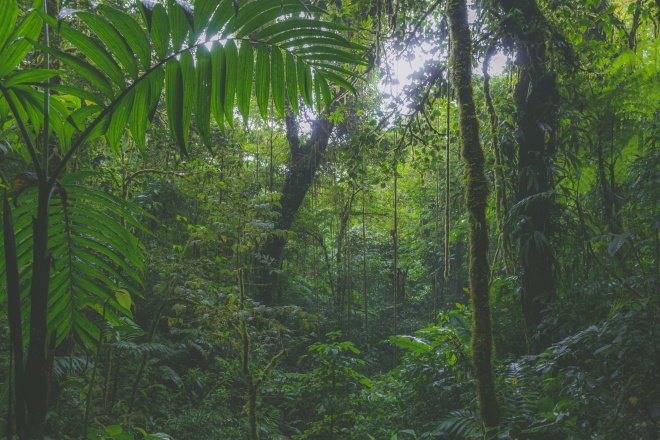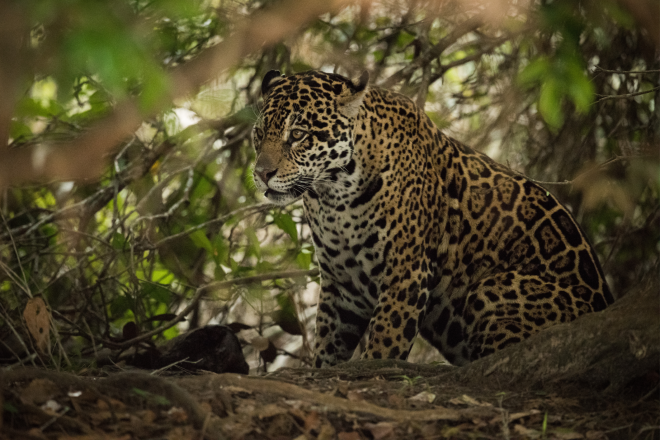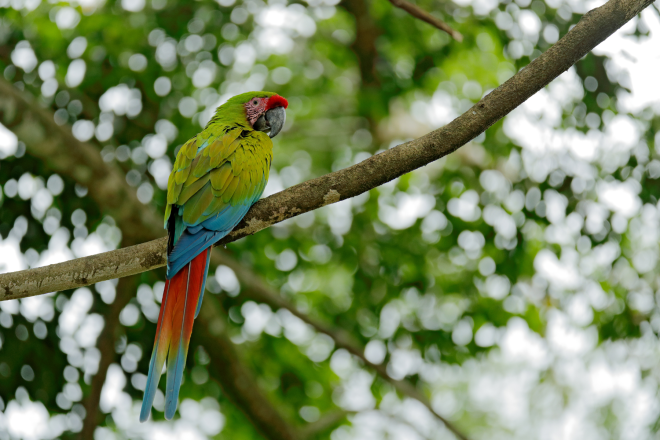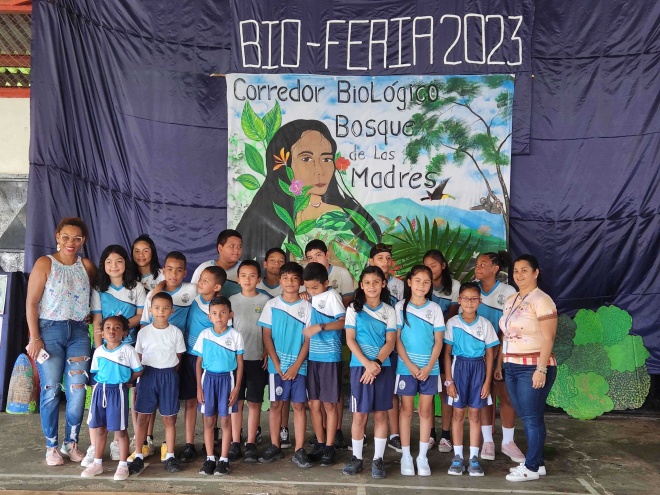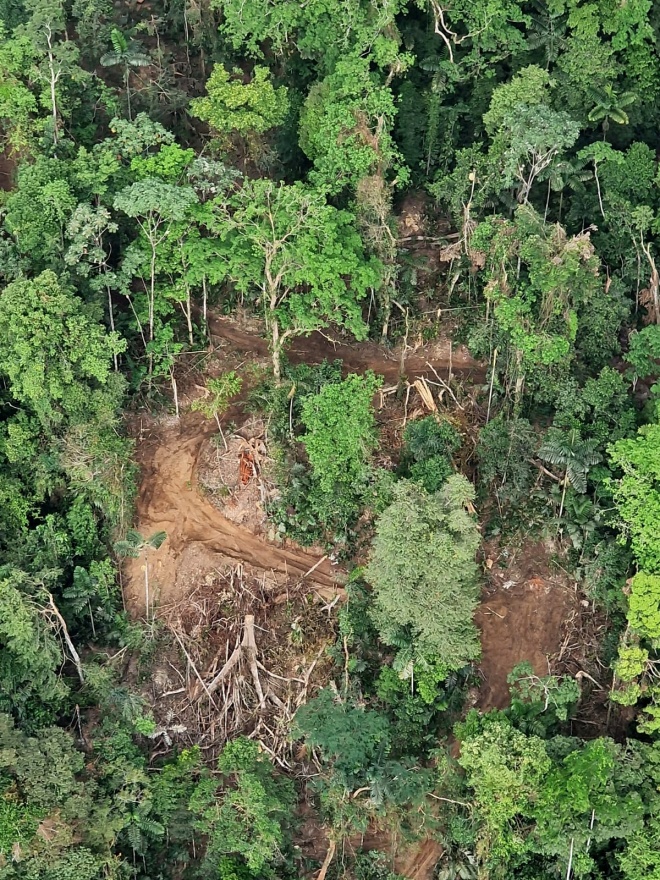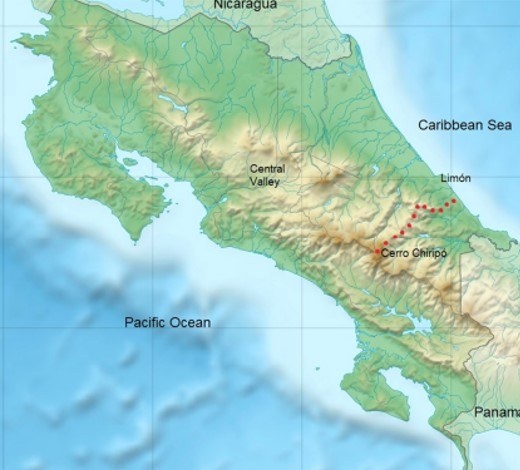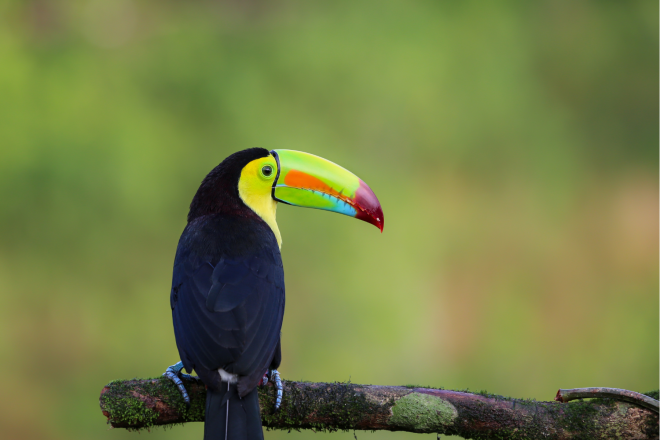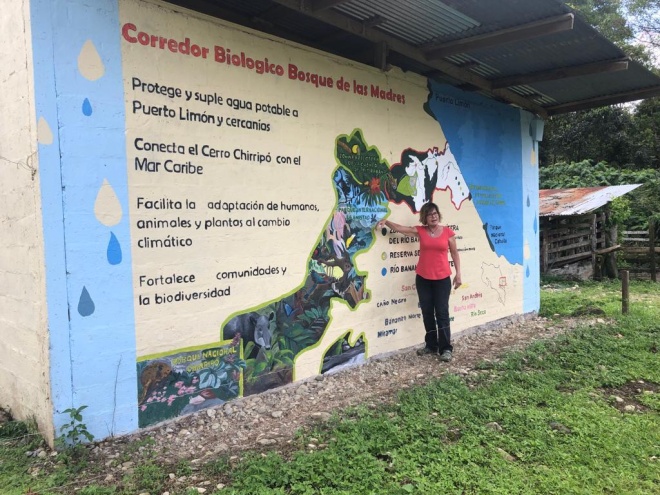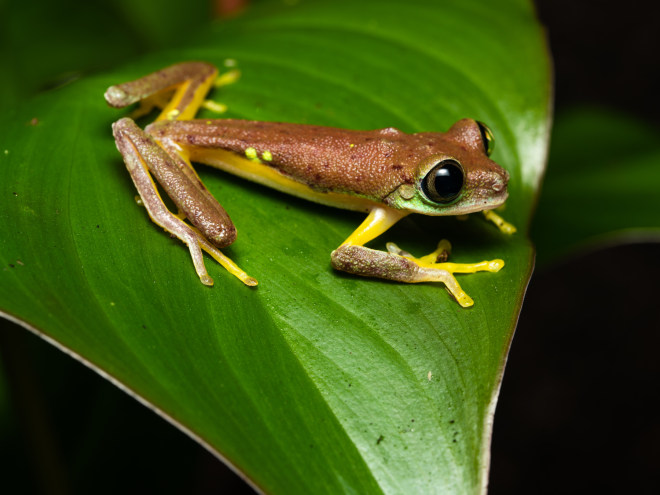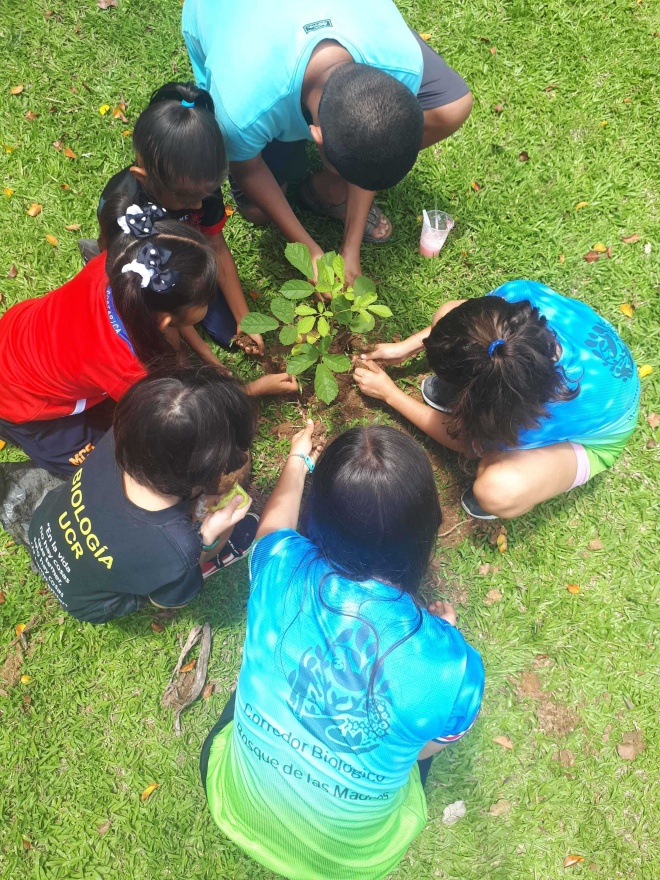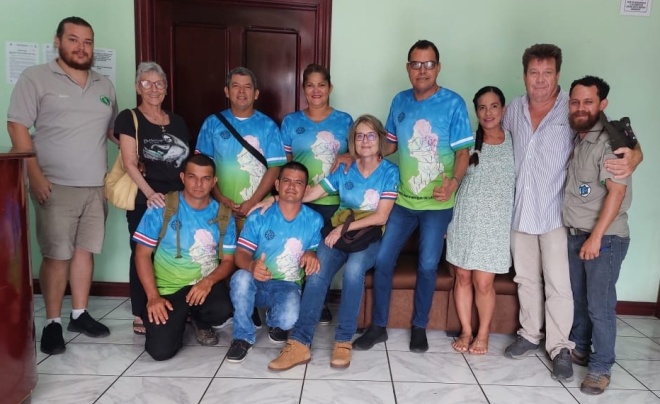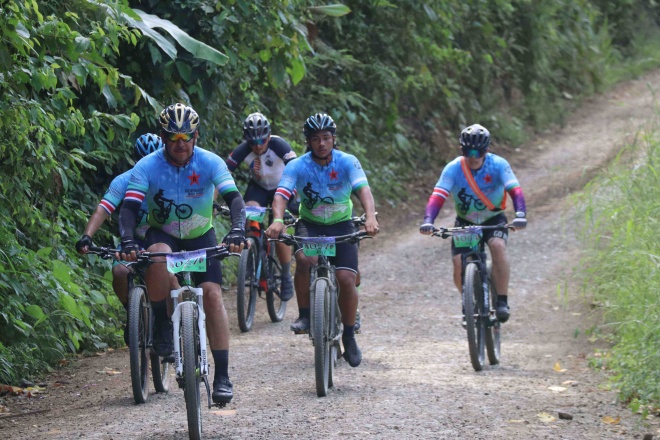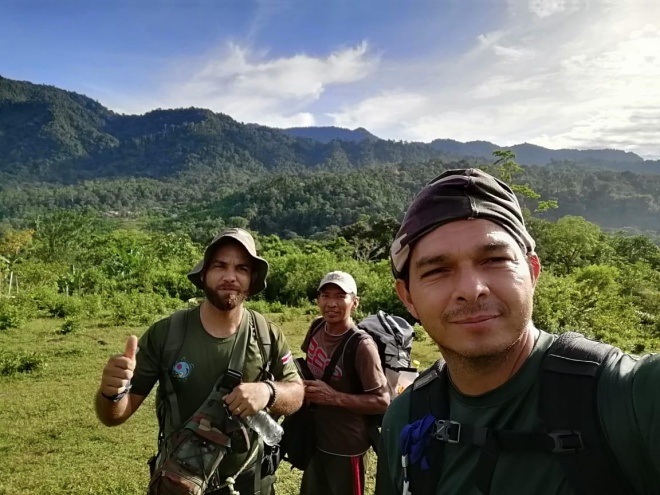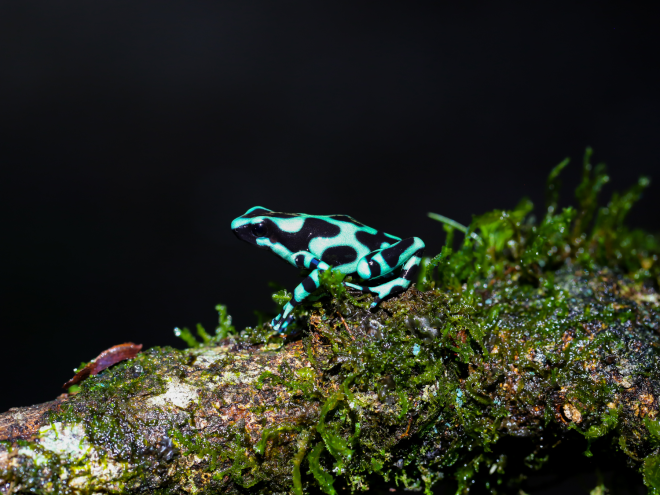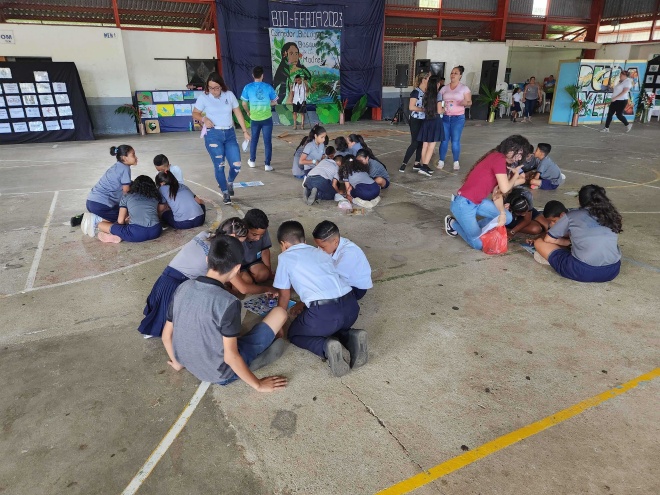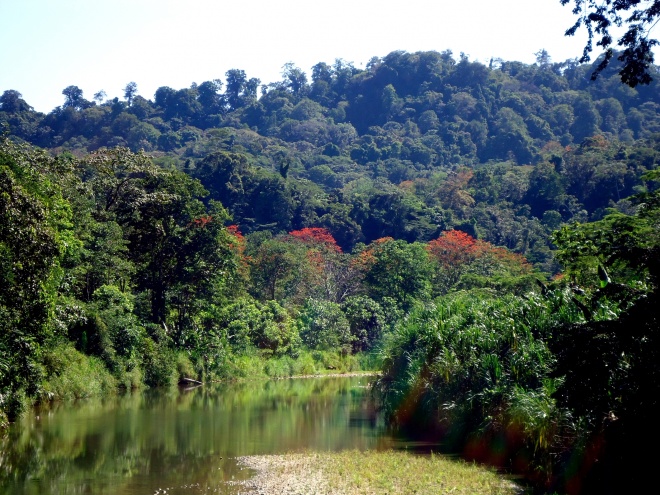In 2021, the Costa Rica Government officially recognised the Bosque de las Madres Biological Corridor. This jurisdictional area of 17,100 hectares consists of virgin forests, secondary forests, farmland and wetlands. It constitutes a vital link between the highest peak of Costa Rica, Cerro Chirripó, and the Caribbean coast of Costa Rica, thus connecting all 11 of 12 of Costa Rica’s ecozones.
The upper areas of the corridor lie within La Amistad International Biosphere Preserve, which is a UNESCO World Heritage Site and one of the most biodiverse regions in the world.
